(Dan Tri) - With 19 electoral votes, Pennsylvania is considered the most fiercely competitive battlefield between Mr. Trump and Ms. Harris ahead of the 2024 US presidential election.
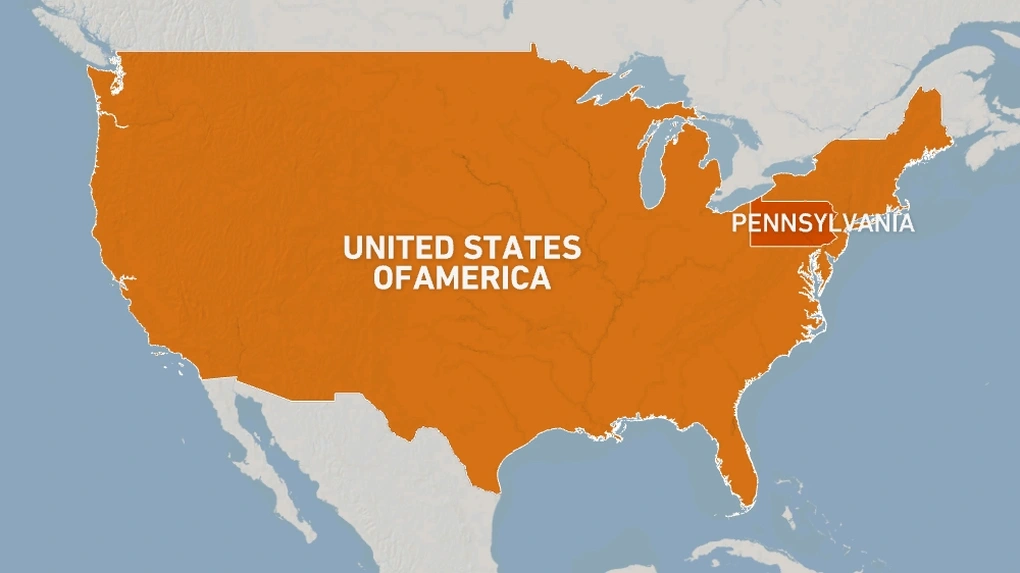
With 19 electoral votes, Pennsylvania is a very important state in the US presidential race (Graphic: Al Jazeera)
On July 21, Mr. Matt Roan, leader of the Democratic Party organization in Cumberland County, Pennsylvania, USA, chaired a meeting with volunteers. In the middle of the meeting, Mr. Roan suddenly announced that President Joe Biden would drop out of the presidential race. "The general mood seemed sad - and then it turned to hope," Mr. Roan recalled. Although he highly appreciated Mr. Biden, the Democratic official said that the prospects for him were not high. Since Ms. Harris entered the race, Mr. Roan has attracted more volunteers. In 2016, Mr. Trump won Cumberland County with an 18 percentage point lead. By 2020, that number was only 11%. If she can reverse the trend in this year's election in Cumberland and neighboring areas, Ms. Harris will have Pennsylvania - and most likely the US presidency. Both Democrats and Republicans see Pennsylvania as a key focus of the election. This is not without foundation. The Economist 's forecasting model estimates that Pennsylvania - with its 19 electoral votes - will play a more decisive role in deciding the election outcome than any other state. According to US rules, a candidate who wins at least 270 electoral votes wins the election. If he loses this state, Mr. Trump has only about a 7% chance of winning. In 2016, Mr. Trump won Pennsylvania by a narrow margin. Four years later, he lost by only about 80,000 votes. Candidates spend a lot of money on campaigning
Republican candidate Kamala Harris at an event in Philadelphia, Pennsylvania, on September 17 (Photo: Reuters).
No state has attracted more campaign money than Pennsylvania this election. Of the more than $830 million raised by Harris and her allies as of mid-September, about $164 million has gone to the state. A larger share of Trump’s campaign money has gone to the state: about $136 million of the $459 million raised. Pennsylvanians are constantly bombarded with ads from one of the two candidates whenever they turn on their TVs, watch YouTube videos, listen to music, or listen to the radio. While Harris has been pitching herself to voters while attacking Trump, Trump has focused his energy on attacking Harris on issues like ideology, inflation, and immigrant crime. Trump has also noted that Harris once opposed shale gas extraction, an industry vital to western Pennsylvania, though she has now become a supporter of it. But not all Pennsylvania voters are concerned about the gas industry, especially in other regions. “ Politicians shouldn’t assume that Pennsylvania is a state that is uniformly supportive of continued energy exploration,” said Stephen Bloom, vice president of the right-wing think tank Commonwealth Foundation. Stella Sexton, vice chair of the Lancaster County Democratic Committee, said she hasn’t heard voters mention the shale gas industry on the campaign trail. Instead, she hears more about the cost of living and abortion rights. For years, Pennsylvania was a Democratic-leaning state—though it still voted for moderate Republicans. But in the last two elections (2016 and 2020), voters in the state were 3% more likely to vote Republican than the national average. Since 2008, the percentage of registered Democrats has fallen—while the percentage of registered Republicans has risen. Since the start of the year, Republicans have turned out more new voters than Democrats each month since Ms. Harris entered the race. Democrats , on the other hand, argue that independent voters are shifting more leftward, giving the party an advantage.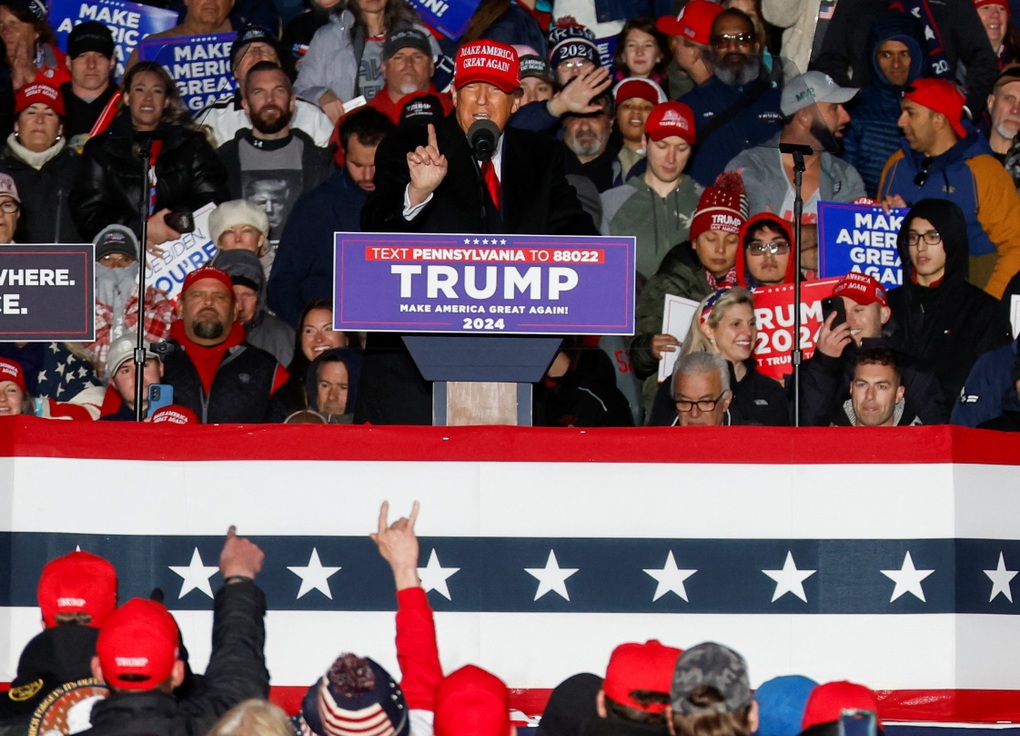
Mr. Trump campaigned in Pennsylvania in mid-April (Source: Reuters).
The Harris campaign is fairly proud of what it is doing in Pennsylvania. It has more than 350 staffers across the state—including 16 in rural areas where Trump won by more than 10 percentage points four years ago. The Democrats’ plan is to appeal to a segment of voters in heavily Republican-leaning areas—even though Harris is unlikely to lead there. For Republicans, though, the significance of the campaign is small. “They’re trying to do better in rural counties,” argues Republican strategist Mark Harris. “This election is once again going to be a deeply divided election between densely populated suburbs and fringe or rural communities.” The Republicans’ operations are somewhat more dispersed. They deploy multiple groups to get Republican-leaning voters out to vote—with mail -in voting being a central focus. In 2020, Mr. Trump opposed this form of voting, but his views have changed to reduce the Democrats' advantage. If Mr. Trump can win Pennsylvania, he will demonstrate his ability to build coalitions between white, working-class voters and religious voters, as well as attract "significant new minority voters," according to Republican strategist Ryan Shafik. To win, Ms. Harris, on the other hand, will need to learn from Mr. Biden's strategy four years ago: build coalitions between urban and minority voters, and "attack" the suburbs. According to the average survey data compiled by FiveThirtyEight , Ms. Harris leads by less than 2 percentage points in Pennsylvania. This tiny number seems insignificant when money is still pouring into the state, the Economist said.Dantri.vn
Source: https://dantri.com.vn/the-gioi/dau-la-bang-quan-trong-nhat-trong-bau-cu-tong-thong-my-2024-20240930091527142.htm




![[Photo] General Secretary To Lam receives the Director of the Academy of Public Administration and National Economy under the President of the Russian Federation](/_next/image?url=https%3A%2F%2Fvphoto.vietnam.vn%2Fthumb%2F1200x675%2Fvietnam%2Fresource%2FIMAGE%2F2025%2F12%2F08%2F1765200203892_a1-bnd-0933-4198-jpg.webp&w=3840&q=75)


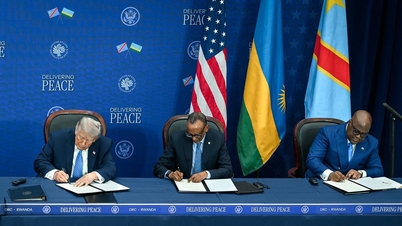



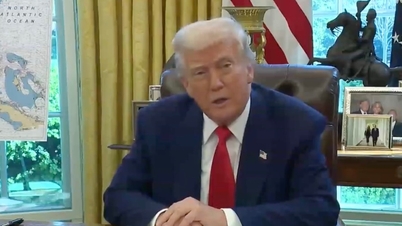
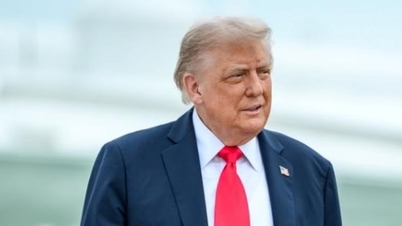

















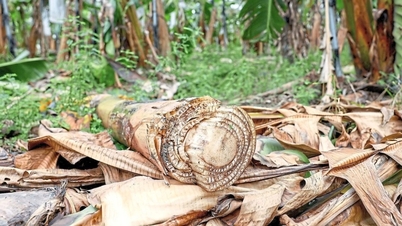















































































Comment (0)